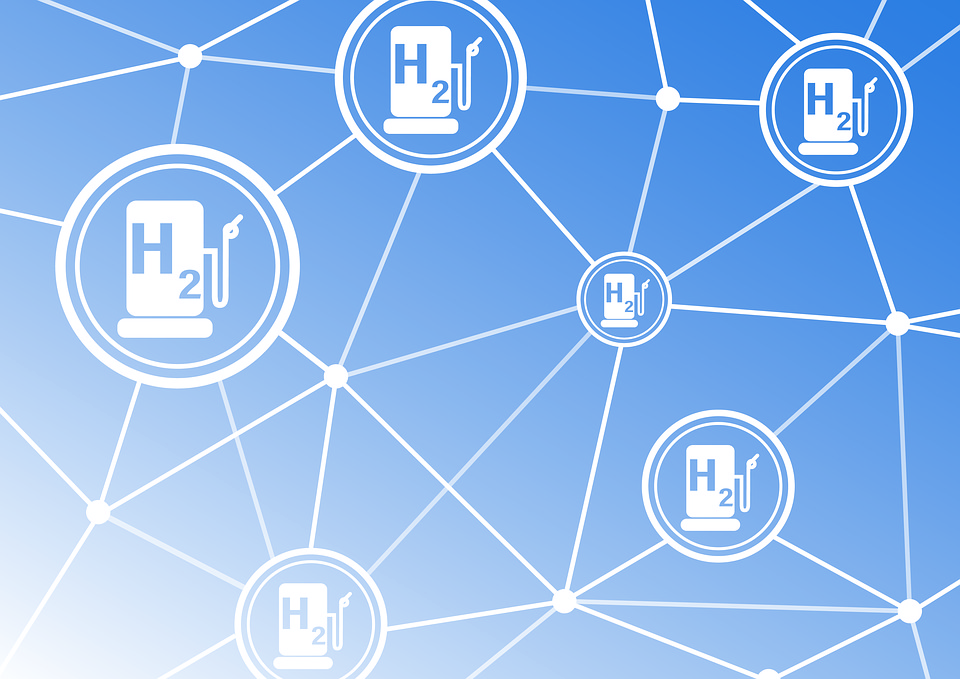Because Italy will also focus on hydrogen cars

The Minister of Economic Development, Giancarlo Giorgetti, invites us to face the ecological transition in a rational and "technologically neutral" way: not only solutions for electric mobility, therefore, but also for hydrogen. All the details
The agreement for the phasing out of vehicles powered by fossil fuels by 2035-2040, which emerged at COP26, was signed by thirty governments around the world: the United Kingdom, the Netherlands, India and beyond. In addition to those of two heavyweights such as the United States and China, however, the absences of two European countries that are very important for the automotive industry were noted: Germany and Italy. Not even Volkswagen, German, and Stellantis, Dutch by right but Italian by origin, did not join.
Just as these two manufacturers are focusing heavily on electric mobility, Rome and Berlin – as members of the European Union – have also made a commitment to drastically reduce their greenhouse gas emissions to net zero by 2050.
The Glasgow declaration also concerns something that Brussels has already proposed: in the Fit for 55 package, the one containing the measures to reduce greenhouse gas emissions by 55 percent by 2030, the European Union has in fact inserted a ban on the sale of new petrol or diesel cars after 2035.
CINGOLANI'S DOUBTS (MiTE)
The proposal did not fully convince Ecological Transition Minister Roberto Cingolani, who was particularly concerned about its potential impact on the sports car industry. Companies operating in this sector, such as Ferrari, Maserati, Lamborghini or Pagani – which in Italy are concentrated in the so-called "Motor Valley" in Emilia-Romagna -, in fact, have significantly lower production and sales volumes than traditional car manufacturers and could struggle to achieve economies of scale, losing competitiveness with respect to foreign supercar brands that do not have to comply with the same emission rules.
AND THOSE OF GIORGETTI (MiSE)
The Minister of Economic Development, Giancarlo Giorgetti, would like Italy not to limit itself to technologies for electrification, but also to develop different ones: for example those for hydrogen, a fuel that can be obtained from renewable electricity that does not release anhydride. carbonic.
“We have to face the ecological transition with a technologically neutral aspect”, he said, “decarbonisation cannot become synonymous with electricity. In this way we make a path that instead must be rational become ideological ”. "We cannot reject other roads in a prejudicial way," he added.
On hydrogen-powered cars, much less common than battery-powered ones (not only in Italy, but in the world), Giorgetti thinks that “research and study on other non-fossil fuels, in which our companies are making important investments, must continue”.
HYDROGEN CARS VS ELECTRIC CARS
With the exception of Toyota, most car manufacturers are focusing primarily on batteries (electric cars) rather than fuel cells (hydrogen cars). There is a reason for convenience: batteries do have limitations, visible above all in heavy means of transport (trucks, trains, planes, ships), but electric cars have a simple structure, with very few parts. Hydrogen cars, on the other hand, are more complex, have more components and must be equipped with advanced safety systems (hydrogen is very flammable).
THE PLAN OF ITALY ON HYDROGEN CARS
In the National Development Plan for hydrogen mobility, dating back to 2019 and drawn up by the H2IT association, a scenario of 27 thousand fuel cell cars by 2025 and 1100 buses was forecast for Italy.
Regarding the use of hydrogen in the road sector, in the PNIEC (the National Integrated Energy and Climate Plan, which looks to 2030) it is suggested to "invest in research and development and refueling infrastructures" and to define a "regulatory and clear and certain regulatory ".
HYDROGEN AND E-FUELS
At the hearing in the Chamber last May, the president of UNEM (Union of energy for mobility) Claudio Spinaci had said that, "through the synthesis of CO2" with hydrogen it is possible to produce "liquid fuels with low or no carbon content: e-fuels ”, or synthetic fuels.
“Using e-fuels has important advantages,” Spinaci explained. “Thanks to the very high energy density, they would allow the accumulation of large quantities of electricity produced from non-programmable renewable sources”, becoming a “strategic storage”. Being “absolutely identical to products of petroleum origin”, their “complete miscibility” would allow their use for the “immediately” decarbonisation of the transport sectors, even those that cannot be electrified such as air and sea transport.
“It is a mature, known technology”, said Spinaci, “today in the industrialization phase, with rather high costs. The PNRR recognizes the importance of low-carbon liquid fuels ”. Spinaci, however, recalled the need for a "regulatory framework that enhances" these fuels.
THE ITALIAN HYDROGEN CHAIN
Excluding major players such as Snam, in a report the Studies and Research Department of Intesa Sanpaolo reported about 120 Italian companies active in the hydrogen sector, for a total turnover of 7 billion euros and 19 thousand employees in 2019.
They are mostly small or medium-sized companies (40 per cent have less than 10 million in turnover), operating mainly in the manufacturing sector (50 per cent) and dedicated to innovation (about 2600 patents filed).
According to the study, there are "signals for the creation of systems for the local production and use of green hydrogen in Italy (the green corridor of Brenner, the train of Valle Camonica, the hydrogen hub of Marghera, hydrogen to wind di Ravenna) which suggest the emergence of new industrial opportunities for local ecosystems ".
This is a machine translation from Italian language of a post published on Start Magazine at the URL https://www.startmag.it/smartcity/italia-piano-auto-idrogeno/ on Fri, 12 Nov 2021 10:21:31 +0000.
